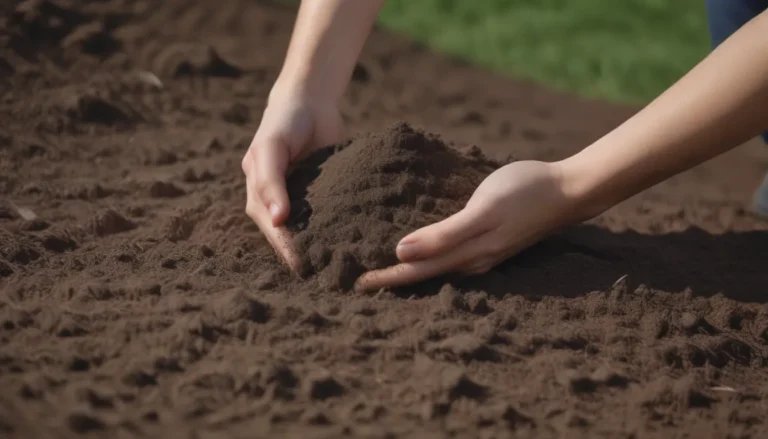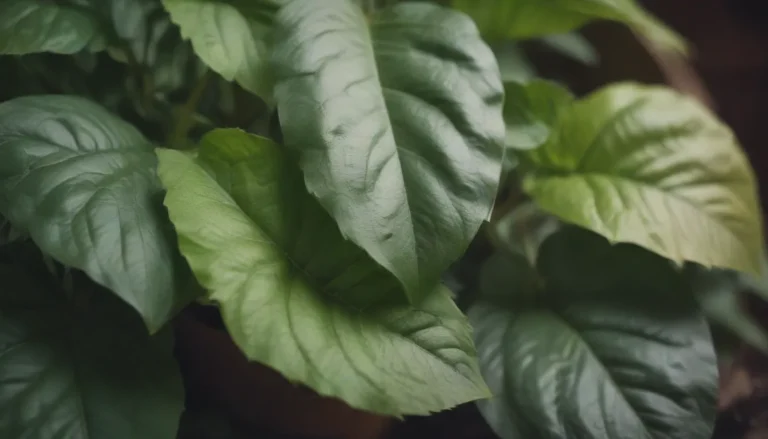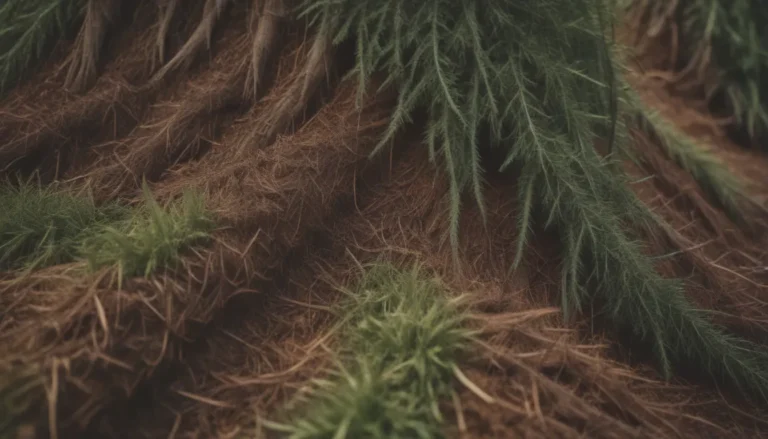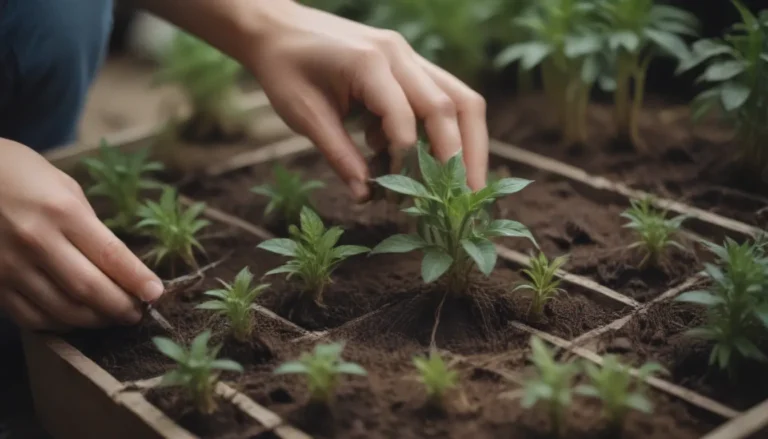9 Landscape Trees You Should Avoid Planting
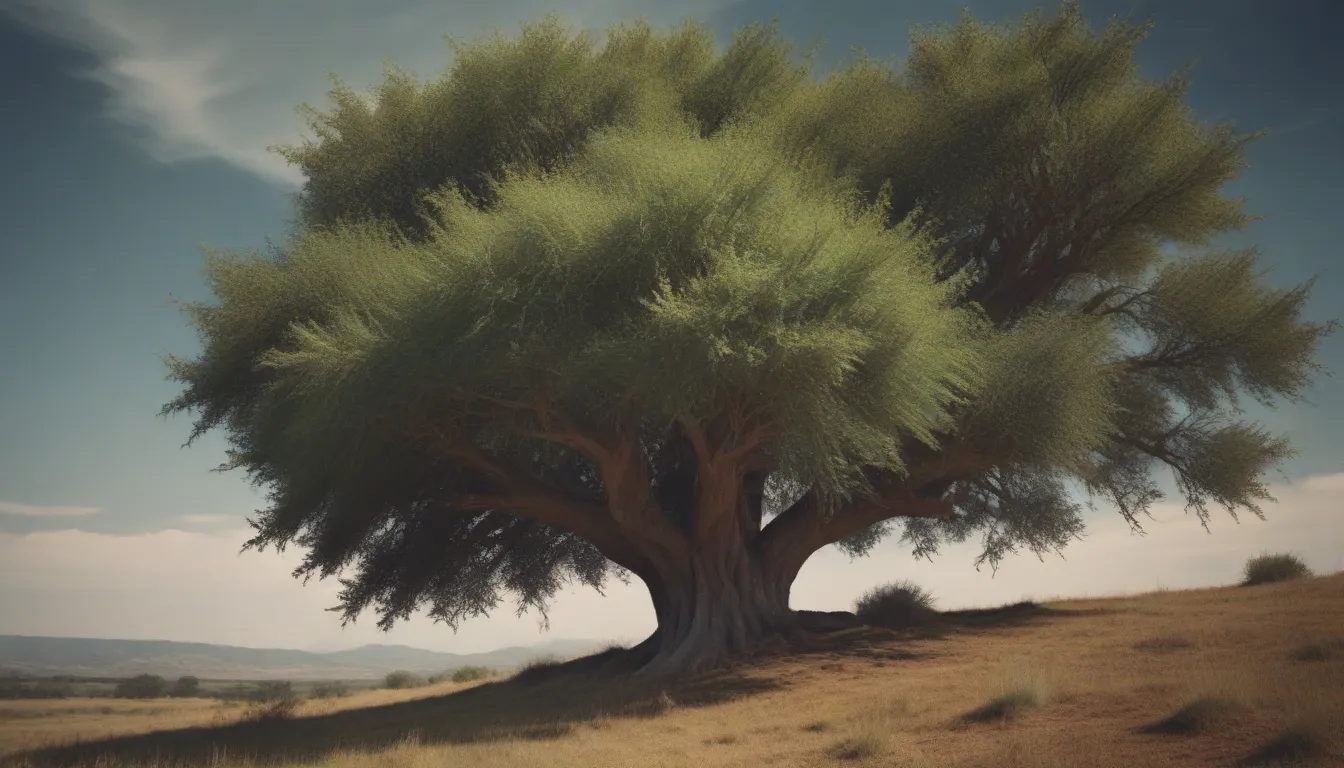
Are you considering planting a tree in your yard to add shade, beauty, and value to your property? While trees can enhance your landscape, it’s essential to choose the right species that won’t cause headaches down the road. There are certain species of trees that, even though they may seem appealing at first, can turn into a messy, invasive, or problematic nightmare as they mature. In this article, we’ll explore nine landscape trees that you should avoid planting in your yard to save yourself from future regret.
The top reasons why you may regret planting a tree include:
– Messy foliage
– Weak branches prone to damage
– Susceptibility to pests and diseases
– High pollen production
– Aggressive root systems
– Invasive tendencies
– Dense shade
– Negative effects on soil quality
When selecting a tree for your property, consider these factors carefully to ensure you choose a species that will thrive and enhance your landscape without causing you headaches in the future. Let’s take a closer look at these nine problematic landscape trees that you should avoid planting:
Red Oak (Quercus rubra)
Red oaks are known for their messy habits, dropping large leaves, acorns, and staminate flower catkins throughout the year. While some may appreciate their shape and appearance, the constant mess they create can become a nuisance. Consider planting a linden tree or a maple instead if you prefer a cleaner alternative.
Eastern White Pine (Pinus strobus)
Eastern white pines can be extremely messy due to the sticky pitch they produce, which can be challenging to remove from surfaces. If you desire a pine tree for your yard, consider a dwarf Japanese white pine as a cleaner and more manageable option.
Female Gingko, or Maidenhair Trees (Ginkgo biloba)
While the male gingko tree is a low-maintenance option, the female gingko tree sheds stinky golden balls that can create a mess in your yard. Opt for the male variety if you want to enjoy the benefits of a gingko tree without the added cleanup.
Sweetgum Trees (Liquidambar styraciflua)
Sweetgum trees are named for the seed pods or “gumballs” they drop, which can make them quite messy. Look for seedless cultivars, such as the ‘Rotundiloba’ variety, to enjoy the beauty of a sweetgum tree without the hassle of cleaning up gumballs.
Honey Locust Trees (Gleditsia triacanthos)
While honey locust trees have small leaves that are relatively clean, the flattened seed pods can be a hassle to rake up. Consider planting the podless ‘Sunburst’ honey locust variety for a cleaner and more low-maintenance tree.
Catalpa Trees (Catalpa speciosa)
Northern catalpa trees can be messy due to their large leaves and bean-like pods. If you love their orchid-like flowers but want a cleaner specimen, consider a dwarf cultivar, such as Catalpa bignonioides ‘Nana,’ for a more manageable option.
Bradford Pear Trees (Pyrus calleryana ‘Bradford’)
Bradford pear trees are not only known for their weak branches but also for their high invasive tendency. Instead, consider growing a ‘Autumn Blaze’ pear tree for a beautiful alternative that won’t cause as many issues in your yard.
Aspen Trees (Populus tremuloides)
Aspen trees, while popular for their fall foliage, have vigorous root systems that seek out water, posing a threat to pipes. Research alternative trees that won’t damage your property’s infrastructure when planting near septic systems.
Male White Ash (Fraxinus americana)
Male white ash trees produce a significant amount of pollen, which can be a nuisance for allergy sufferers. If you want to avoid pollen-related issues in your yard, choosing a female ash tree may be a better option.
When planning your landscape, it’s essential to choose trees that will enhance your property without causing unnecessary stress and maintenance. By avoiding these nine problematic landscape trees, you can ensure a more enjoyable and hassle-free outdoor environment for years to come. Remember to research thoroughly and select trees that are well-suited to your specific climate, soil conditions, and maintenance preferences for a successful and beautiful landscape.
